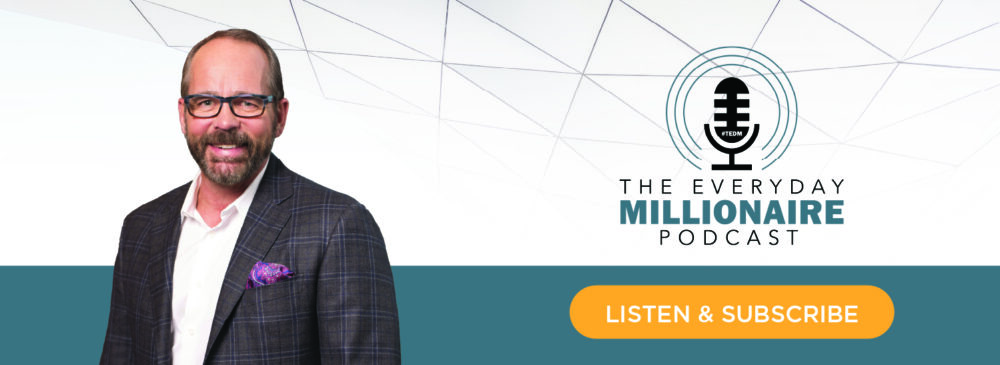What is the Tax-Free First Home Savings Account & How Do I Use It?

This post is sponsored by one of our Trusted Partners, Green Mortgage Team. To become a contributing editor, please contact our Real Estate Investor Solutions Specialist, David Maxwell at david@reincanada.com.
The average house price is now at $816,000. If you’re saving for your first home, we salute you. It’s a massive challenge and must be incredibly daunting. It’s why we also aim to support you in your journey to getting on that all-important ladder. So, when we read about the Tax-Free First Home Savings Account (FHSA), a proposed tax shelter for 2023 by the federal government, our ears perked up. If you want to learn more…read on.
What is the Tax-Free First Home Savings Account?
Well, aside from being one heck of a mouthful to say, this savings account has been proposed by the feds to help Canadians specifically save for a down payment. An FHSA will combine the features of two savings plans you may already use: the Tax-Free Savings Account, and the Registered Retirement Savings Plan. As a tax-free account, you won’t be expected to report investment earnings or pay tax on them.
How does it work?
A TFHSA will work similarly to your RRSP, but it is still different. If you want to get started, you’ll need an account with a financial institution. Different institutions will offer different products – it won’t be a one fee fits all situation.
Once the account is open, you can contribute up to $8K a year, with a maximum of $40,000 in your lifetime. This figure doesn’t change if you were to open multiple FHSA accounts. Once opened, if you don’t buy a home within 15 years, your savings will need to be transferred to an RRSP or RRIF, both of which are still tax-free.
Once you want to buy a home, you can withdraw from your FHSA account. You’ll need to have a finalized agreement of purchase and sale though, so no getting ahead of yourself!
3 Tips for Getting the Most from Your FHSA
1 – Start saving with your TFSA
Because your FHSA restricts the amount you can save, our strategy would be to save using your TFSA until you know you’re ready to buy a property. This gives you the flexibility to use your savings from time to time if you need to. Once you’ve got a decent lump sum, or you’re earning more, start moving money into your FHSA.
2 – Invest away
Just because an FHSA has the name “savings account”, it doesn’t mean that you have to place your earnings in there and there alone. You’ll be able to use all kinds of investments from stocks to bonds to EFTs. Then, the closer you are to buying a home, transition spare investments to a higher interest savings account.
3 – Only withdraw if you’re buying
If you take money out of an FHSA for anything other than buying your first home, you’ll have to pay income tax. Don’t have all your eggs in one basket – keep your rainy-day pot somewhere else.
What You Need to Know
Keep your eyes peeled for this going live. We still don’t know everything, but it looks like a legitimately beneficial way for first-time buyers to gain tax-free savings. You don’t have to dip into any retirement savings, and you have no choice but to remain strict with yourself because you can’t take out what you put in.
Our top advice? Start early and have a long-term game plan that’ll maximize your funds.
And then when you’ve got an impressive nest egg behind you, we’ll be right here ready to help you find the perfect lender!




